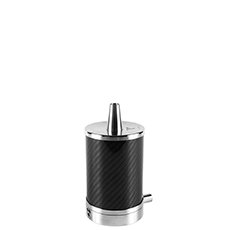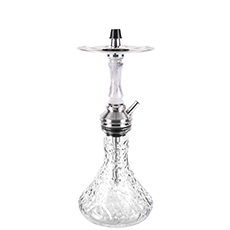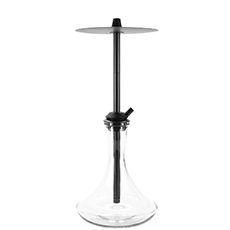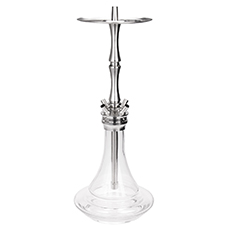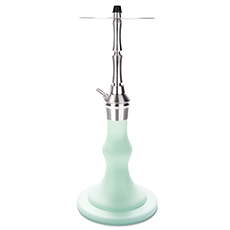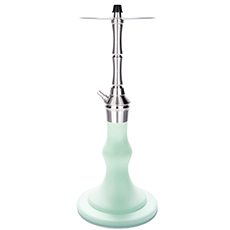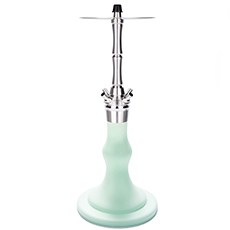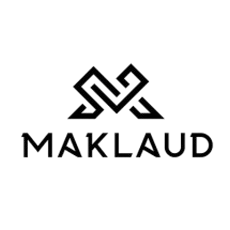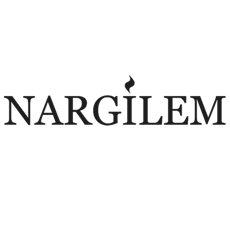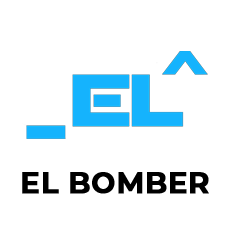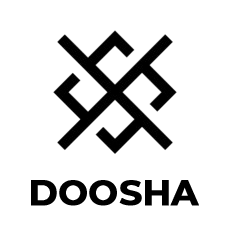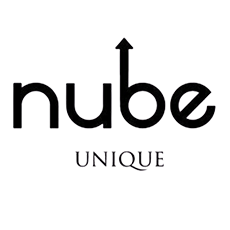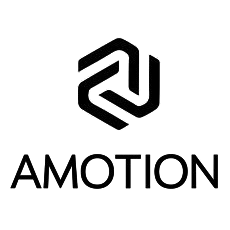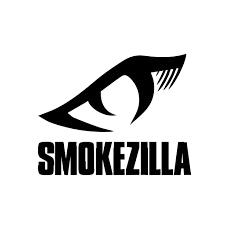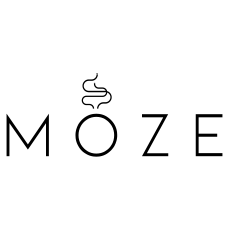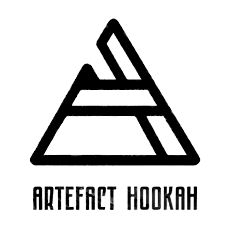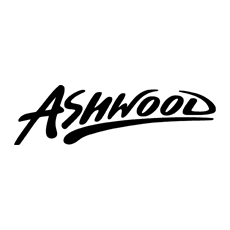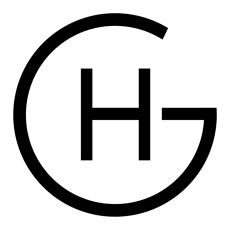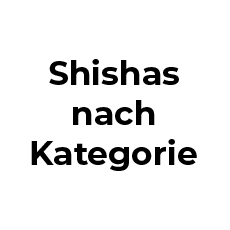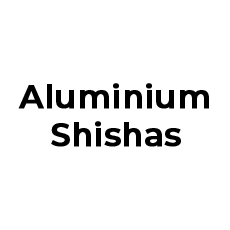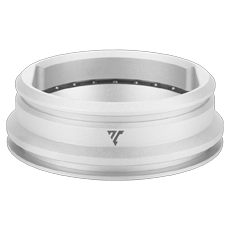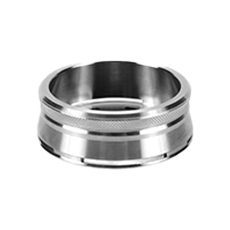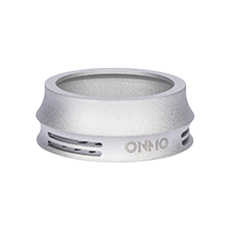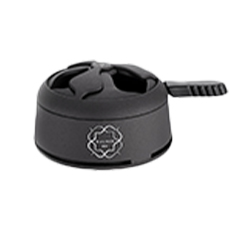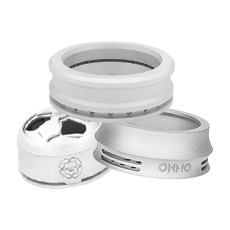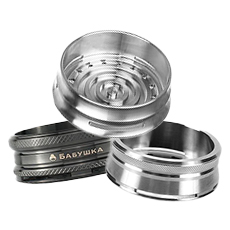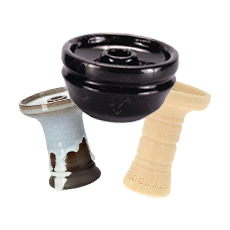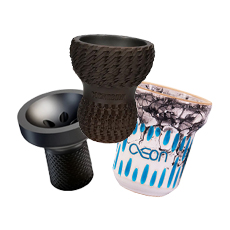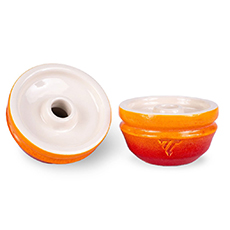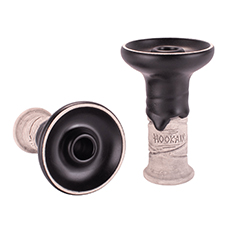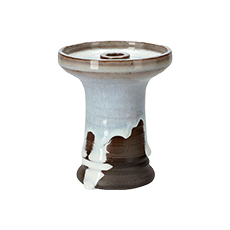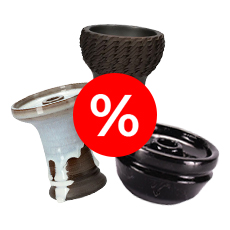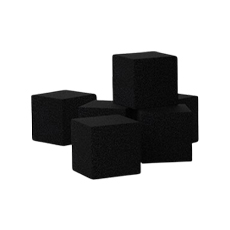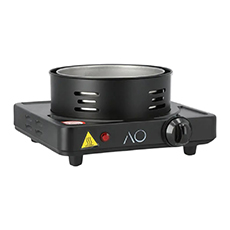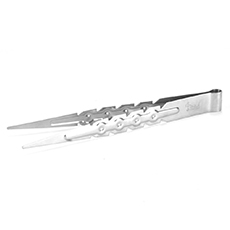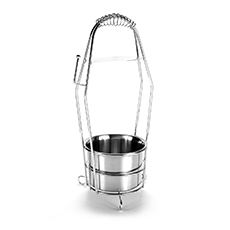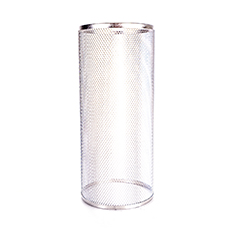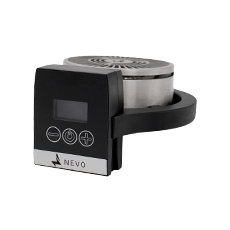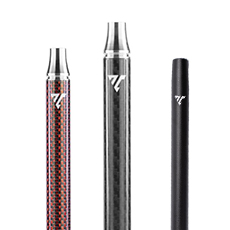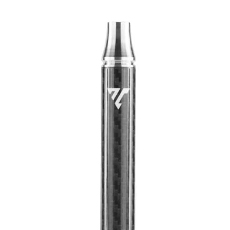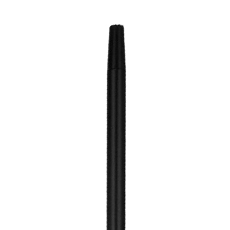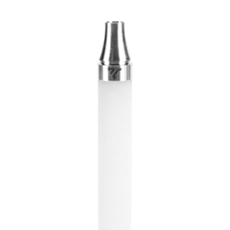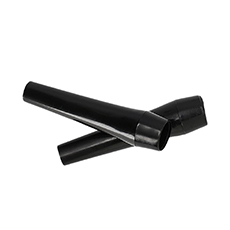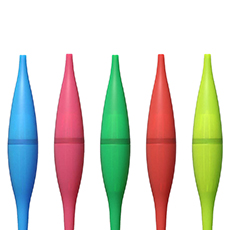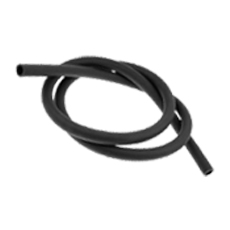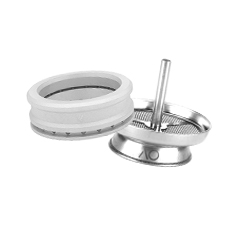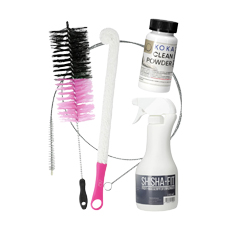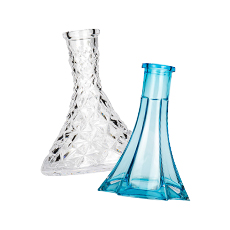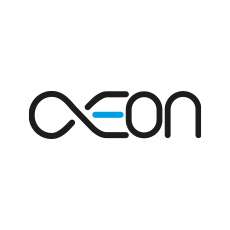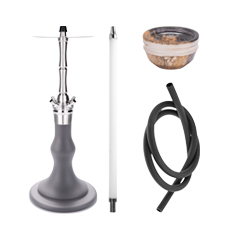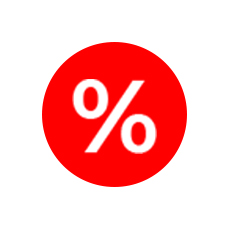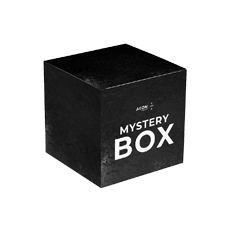Disposal of Electrical and Electronic Equipment | Information for Private Households
Currently, no sales are taking place. The legal notices (Terms & Conditions, Cancellation Policy, Shipping, Disposal) are being updated and will take effect upon the reopening of the shop.
For current information regarding service & warranty, click here.
The Electrical and Electronic Equipment Act (ElektroG) contains a variety of requirements for handling electrical and electronic equipment. The most important ones are summarized here.
1. Separate collection of waste equipment
Electrical and electronic equipment that has become waste is referred to as waste equipment. Owners of waste equipment must ensure separate collection from unsorted municipal waste. Waste equipment must not be disposed of in household waste, but in special collection and return systems.
2. Batteries and accumulators
Owners of waste equipment must generally remove used batteries and accumulators that are not enclosed in the waste equipment before handing them over at a collection point. This does not apply if the waste equipment is handed over to public waste management authorities for the purpose of preparing for reuse and is separated from other waste equipment there.
3. Options for returning waste equipment
Owners of waste equipment from private households can hand them in at the collection points of public waste management authorities or at the return points set up by manufacturers or distributors within the meaning of ElektroG.
An online directory of collection and return points can be found here: https://www.ear-system.de/ear-verzeichnis/sammel-und-ruecknahmestellen.jsf
4. Data protection notice
Waste equipment often contains sensitive personal data. This applies in particular to information and telecommunications equipment such as computers and smartphones. Please note, for your own interest, that each end user is responsible for deleting data on the waste equipment to be disposed of.

Note on the disposal of used batteries
The following notice is addressed to those who use batteries or products with built-in batteries and no longer resell them in the form delivered (end users):
a. Free return of used batteries
Batteries must not be disposed of with household waste. You are legally obliged to return used batteries to ensure proper disposal. You can return used batteries to a municipal collection point or to local retailers.
Distributors of batteries are obliged to take them back, provided they carry or have carried batteries of the same type in their assortment.
Since AEON GmbH as the original distributor no longer exists, its legal obligation to take back batteries has expired.
Voluntarily and without acknowledgment of any legal obligation, we accept the return of used batteries from products that were purchased directly from AEON GmbH.
For used batteries from Nevo products, we kindly ask you to contact Nevo GmbH directly.
Eligible used batteries can be sent to us sufficiently stamped or handed in directly to us free of charge:
Schmidt Innovations GmbH
Im Aller 3
97816 Lohr am Main
Germany
Batteries are marked with the symbol of a crossed-out wheeled bin (see above). This symbol indicates that batteries must not be disposed of in household waste. For batteries containing more than 0.0005% by mass of mercury, more than 0.002% by mass of cadmium, or more than 0.004% by mass of lead, the chemical designation of the respective harmful substance is shown under the bin symbol – “Cd” stands for cadmium, “Pb” stands for lead, and “Hg” stands for mercury.

